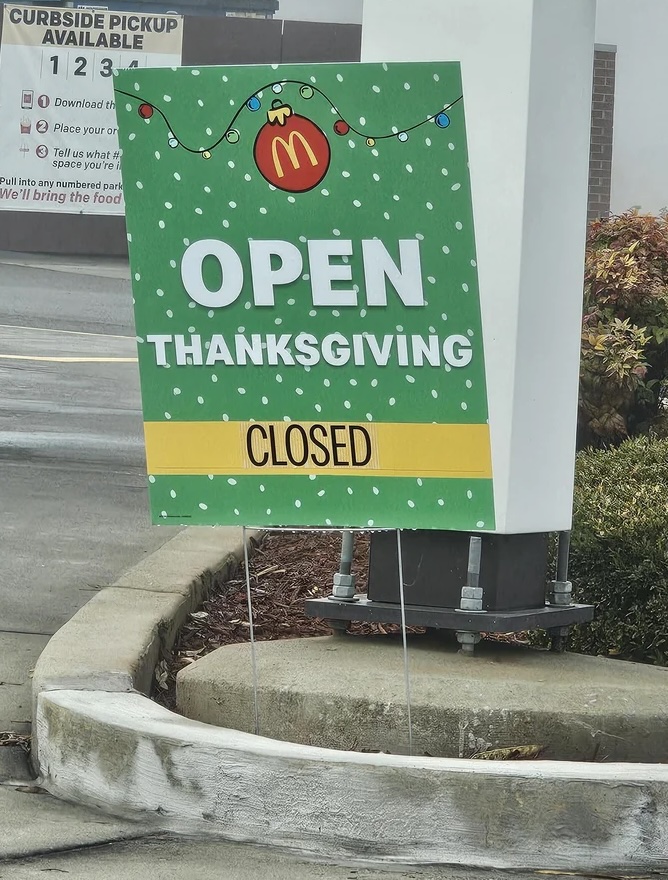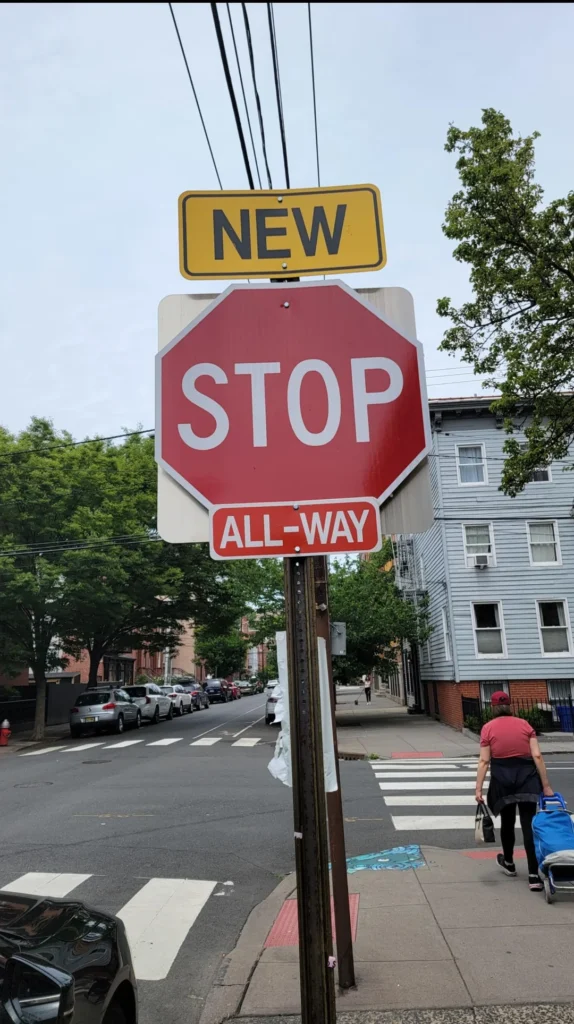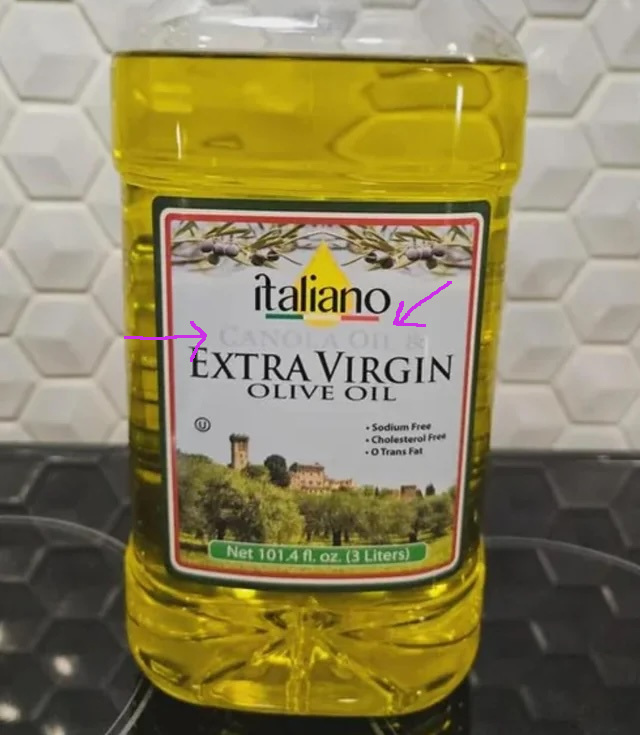Introduction
The current DoT mandate for a 10% reduction in flights for major US Airports means a few things:
- Airlines are moving quickly and implementing IT quickly (poorly)
- Widespread travel waivers are in effect
- Airline employees are dazed and confused
Taken together, there are a few unique opportunities for a travel hacker. We’ll talk about two in particular, but there’s always another game around the corner.
Un-Tying Up FUnds
When major disruptions happen, travel credits and wallet funds that you’ve got stuck at an airline can often either be refunded, or be changed into more flexible funds. Games vary, but under current waivers:
- Basic economy tickets may be refundable
- Name-locked funds may be able to be converted to flexible funds
- Travel credits may be able to be partially refunded
There a number of success stories over the last few days with each of these. Always be probing.
Getting the Expensive Flights for Cheap
High-demand, close-in travel is often very expensive (duh). Crappy flights with terrible timing and long connections are often cheap (also duh). Current travel waivers like those at Delta, United, AA, and Southwest allow you to make a one-time change to travel in the near future. So the game becomes:
- Find a cheap flight
- Book it
- Use the waiver to switch to the flight you want
You’ll find that each airline has different terms and conditions about which flights are eligible, but you’ll probably also find that none of these airlines have properly implemented their IT in all cases. Just make sure you complete these steps within 24 hours so that if something goes wrong, you can still cancel your original booking for a full refund.
Fin
Apropos of nothing, support your local Air Traffic Controller, they deserve it.
Happy Monday!

McDonalds gives us a November travel outlook.






